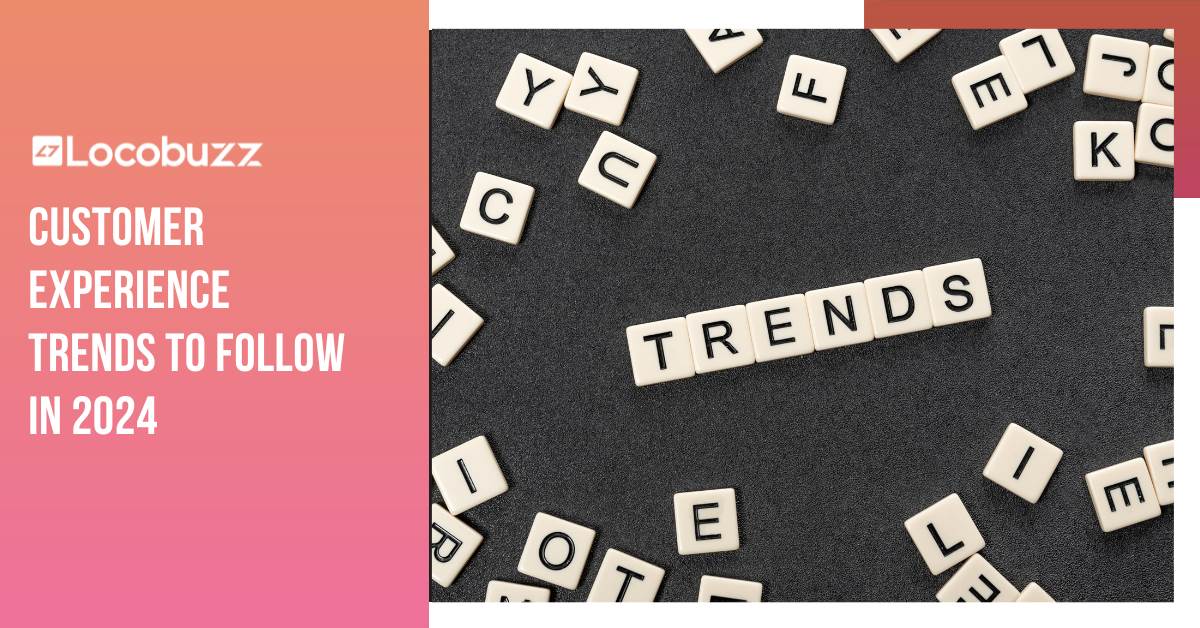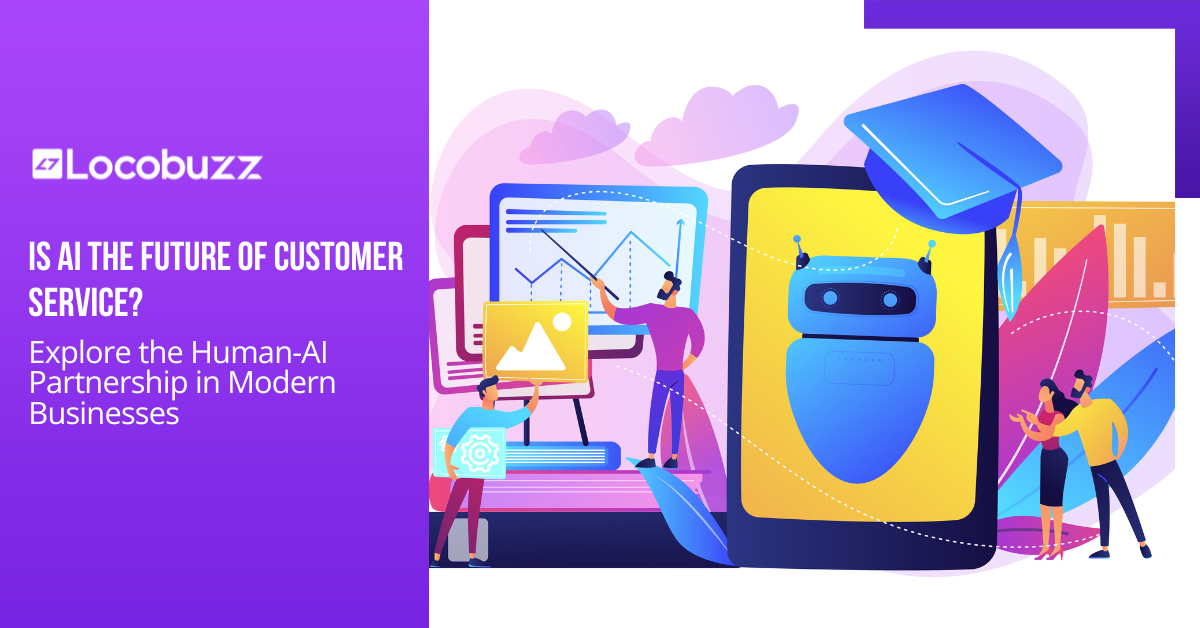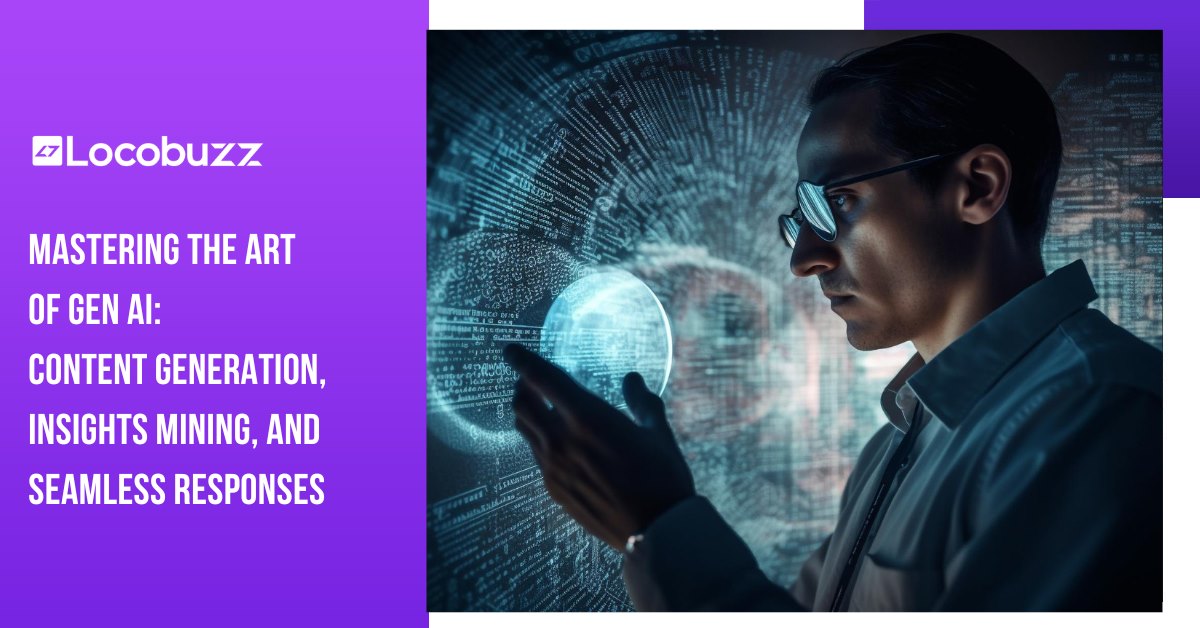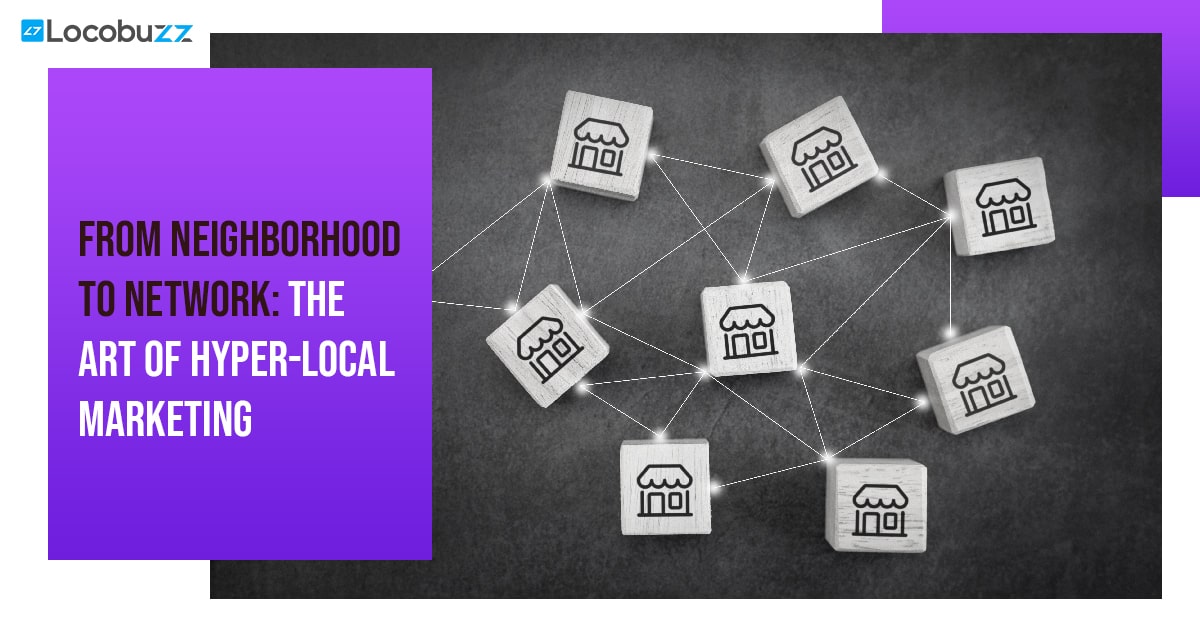What is an Influencer? Types of Influencers
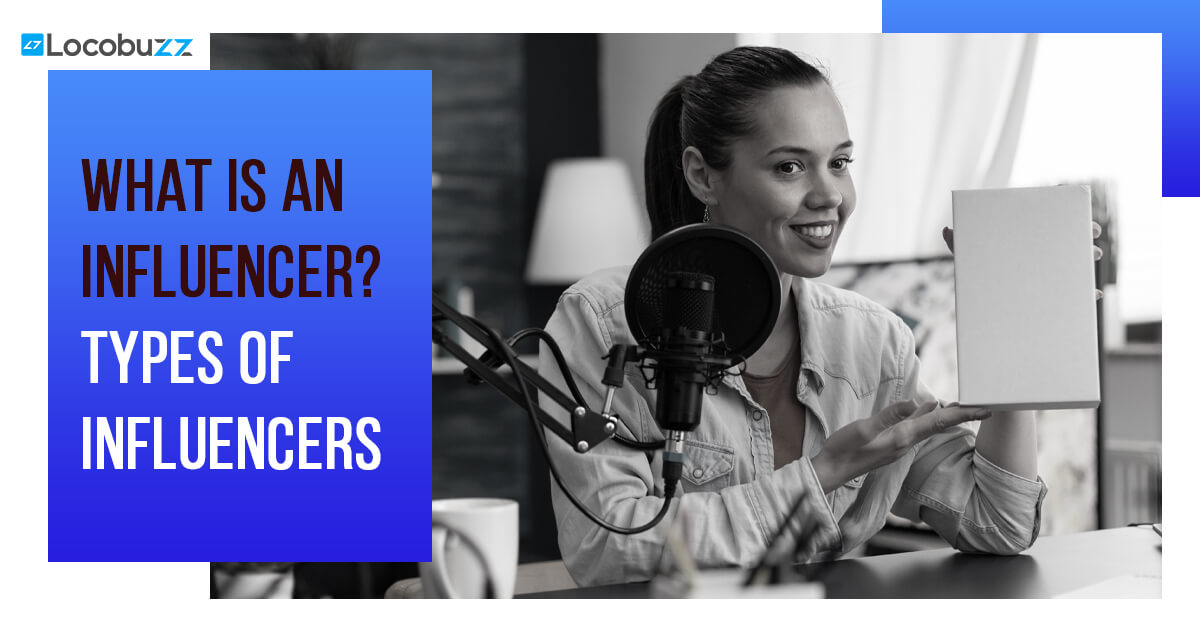
We all spend most of our time scrolling through Instagram, watching reels and enjoying the content it shows us. You must have noticed that some people’s content appears more often than others, these people are influencers. If you visit their account, you’ll see a huge number of followers along with many views and likes on their posts. Brands like to work with influencers to create brand awareness and promote their products.
In this article, we’ll go through everything about influencers and why you should work with them.
What is an influencer?
Earlier, when newspapers were a big deal, you would choose the most popular newspaper brand among your target population to sell your product. People’s faith in advertisements and billboards has waned as time has passed. They need reassurance by someone they trust. It is where influencers come into play. You’re probably asking, “What exactly is an influencer?” Let me explain in layman’s words.
Influencers are people who have a huge following on social media channels in a given niche and may influence the purchase decisions of their audience. Because an influencer’s followers are devoted and trustworthy to them, a product promoted by an influencer gets exposed to a big audience, and it helps in revenue growth.
This article will walk you through everything about influencers, i.e. social media influencers, their types and the benefits of influencer marketing.
Who are social media influencers?
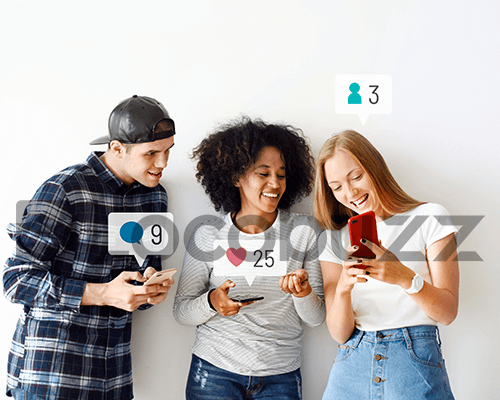
Did you know, around 5.4 billion people will be using social media by 2025? These numbers are enough to understand the rapid growth of social media. These people rely on social media influencers to help them make conscious purchase decisions. Social media influencers have a large following based on their main field of knowledge like business, beauty, travel or more.
These influencers post consistently on their chosen social media channel and create compelling content about a variety of topics that their audience enjoys. The audience also interacts extensively with social media influencers. Businesses also leverage social media influencers because they help their potential customers to make a purchase decision by generating content, engaging in conversation about their brand, or posting reviews/ ratings.
Influencers are classified into four categories based on their number of followers. Let’s dig a little deeper into the types of influencers.
Types of influencers
OMG!! Is that Lady Gaga?: Mega Influencers
Mega influencers are generally superstars that have amassed a massive fan base (often more than a million or perhaps a billion followers) through their offline activities. They can be actors, athletes, musicians, politicians, and others. However, some of today’s mega-influencers have achieved such status via their own online and social activities.
These influencers are pretty pricey and are only targeted by large corporations. They usually employ a manager who oversees all social media transactions. Furthermore, because their posts significantly affect the audience, these influencers are highly cautious about the brands they are planning collaborations.
I'm not a big celebrity, but I’m famous: Macro Influencers
Macro influencers are one step after mega influencers; they have a large fan base but not as many as mega influencers. These individuals include second-tier celebrities and social media influencers who have risen to prominence through their online activities. They are available on one or more platforms.
These influencers are also high profile, and finding someone open to working for your brand is easier. They are easy to reach and communicate due to their experience as macro-influencer. Their audience is very engaging, giving your product maximum reach.
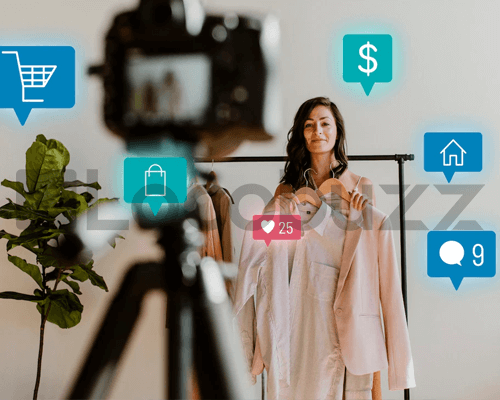
I am an HR influencer: Micro-Influencers
Ordinary people having professional knowledge in a particular sector are considered micro-influencers. They provide niche-specific content for their viewers interested in that subject. Because the audience is limited, they do not have a large fan base, say thousands.
Brands want to work with these industry influencers because they send information straight to the target audience. They are more open to brand collaboration if the brand can demonstrate its worth. Micro-influencers are inexpensive, and some are even willing to participate in return of exposure.
I don't have enough followers, only expertise: Nano-Influencers
Nano influencers don’t have many followers, even less than 1000, but they are extremely experts in their niche. They are open to discussions and bringing in opinions. Some companies see them as a waste of money since they have less followers, but others see them as enthusiasts in the field with a polished audience. However, companies prefer to employ more than one nano influencer to reach a significant audience.
Benefits of influencers to your business
Influencers have built a strong community where people trust and respect them. They have maintained their relationship with their audience over the years. Teaming up with influencers will introduce you to the benefits of influencer marketing. Some of which are mentioned below.
People will know about your brand
As already mentioned above, influencer marketing can skyrocket your reach. With time, the social media population will start noticing your brand, your products, and what you stand for. It will boost your sales prospects and improve your customer relations. However, You have to keep checking the quality of content you provide to your influencer, so it’s a win-win for both the parties.
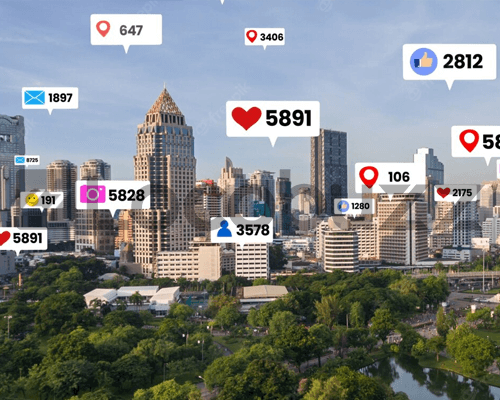
You can provide value to your audience
Influencers are already familiar with the needs of the audience they produce their content for, and inbound marketing is all about providing satisfying, inspirational, educational and problem-solving content. You can use the influencer’s content to bring value to your audience as their content will help your audience become aware and interested in your brand.
A foundation for future partnerships
A simple Email can lead to long-term collaborations. You may build strong relationships with influencers, leading to collaborative projects and live participation. In the long term, micro or nano influencers on social media may grow into mega influencers who can help your organisation indirectly.
Conclusion
Influencer marketing is a rapidly growing marketing strategy that benefits small businesses to reach higher grounds. Established brands also take a keen interest in influencer marketing to target GenZ for their new launches. The trick is to find the perfect influencer.
Locobuzz is an AI-powered CXM platform that’ll help you manage all your customer relation issues. It’ll help you manage your social media efficiently if you’re not going for influencer marketing for now. Locobuzz offers an omnichannel marketing strategy that’ll allow your customers to seamlessly switch between channels and enjoy a streamlined customer experience.

